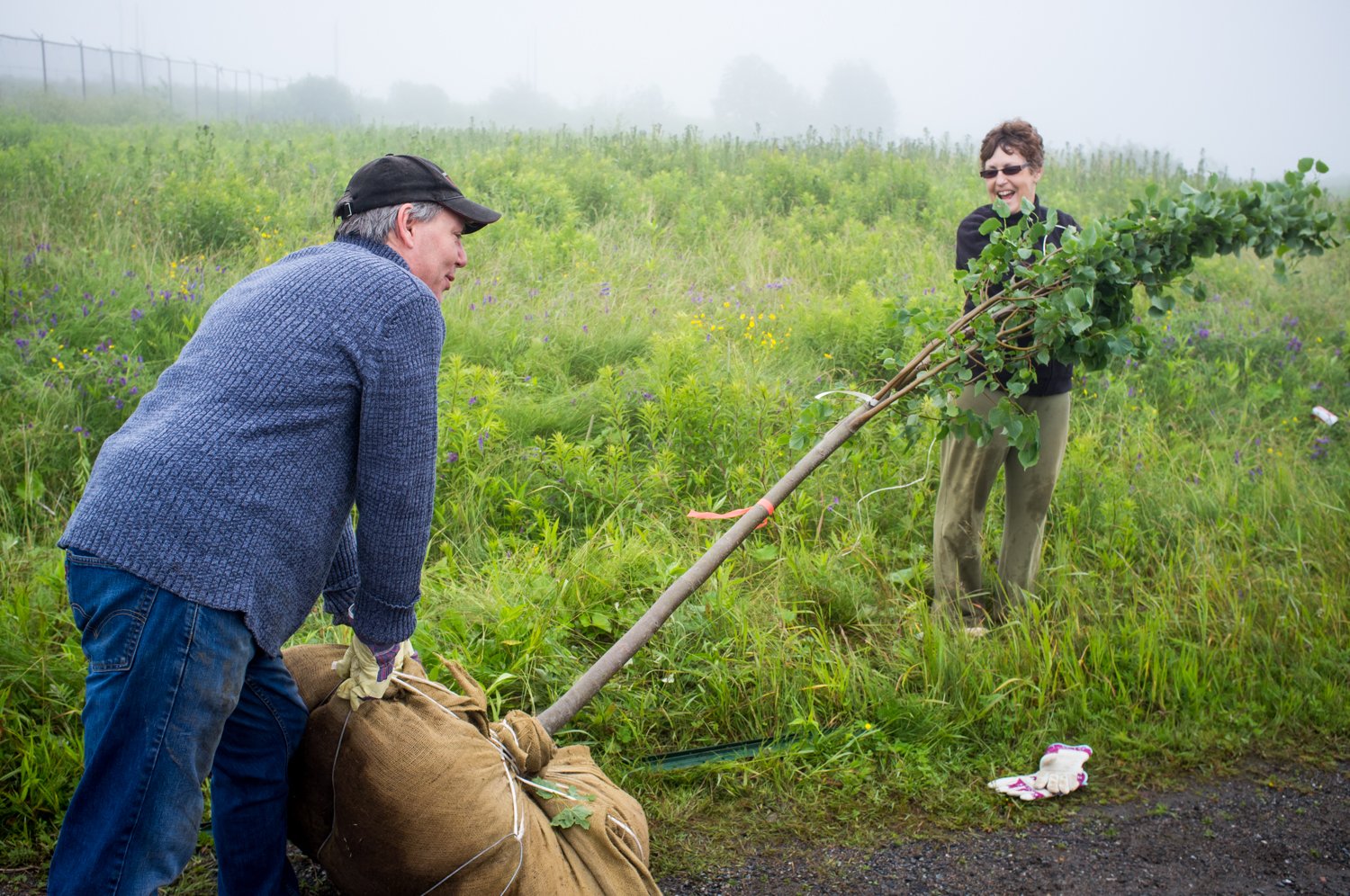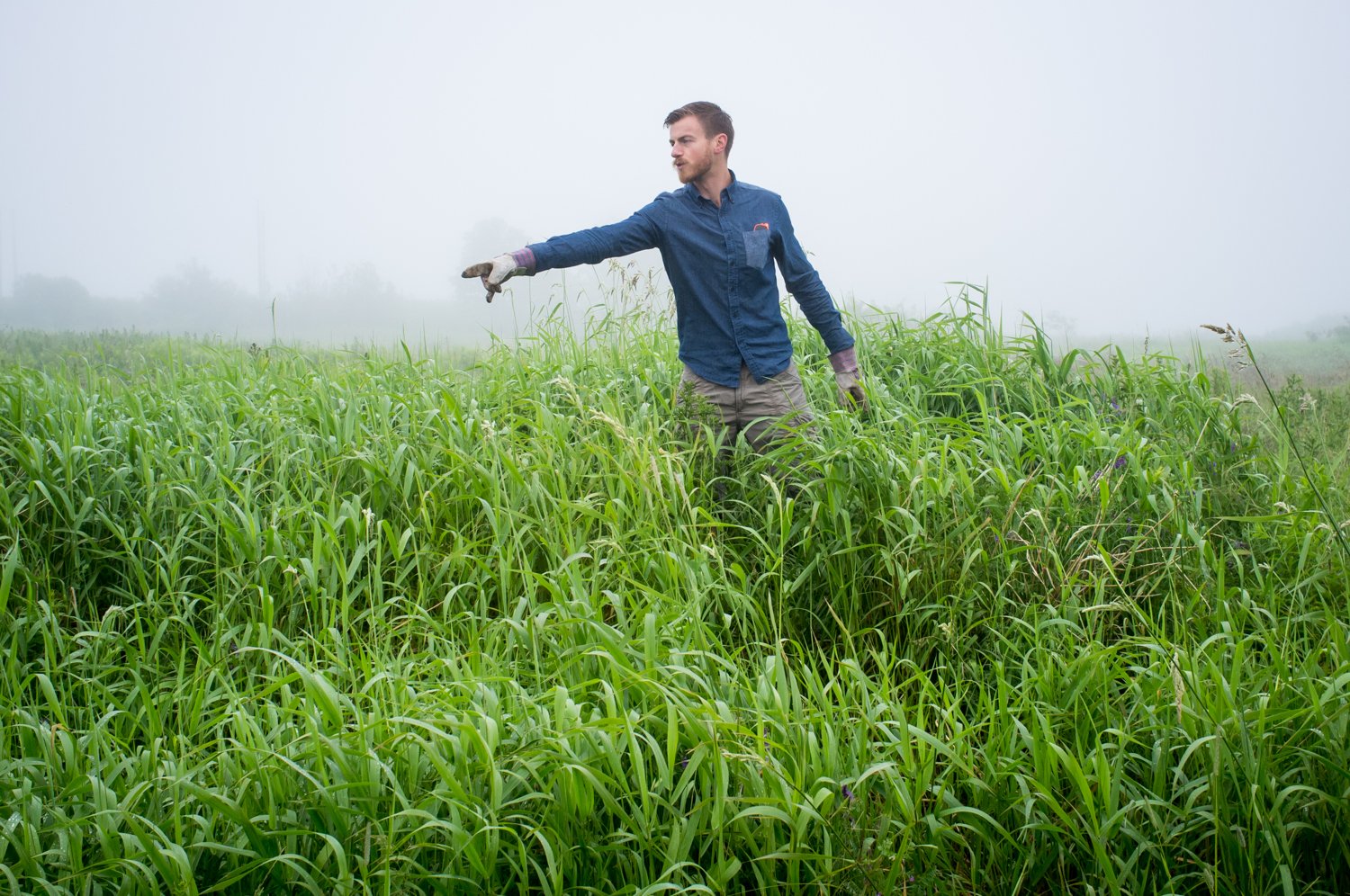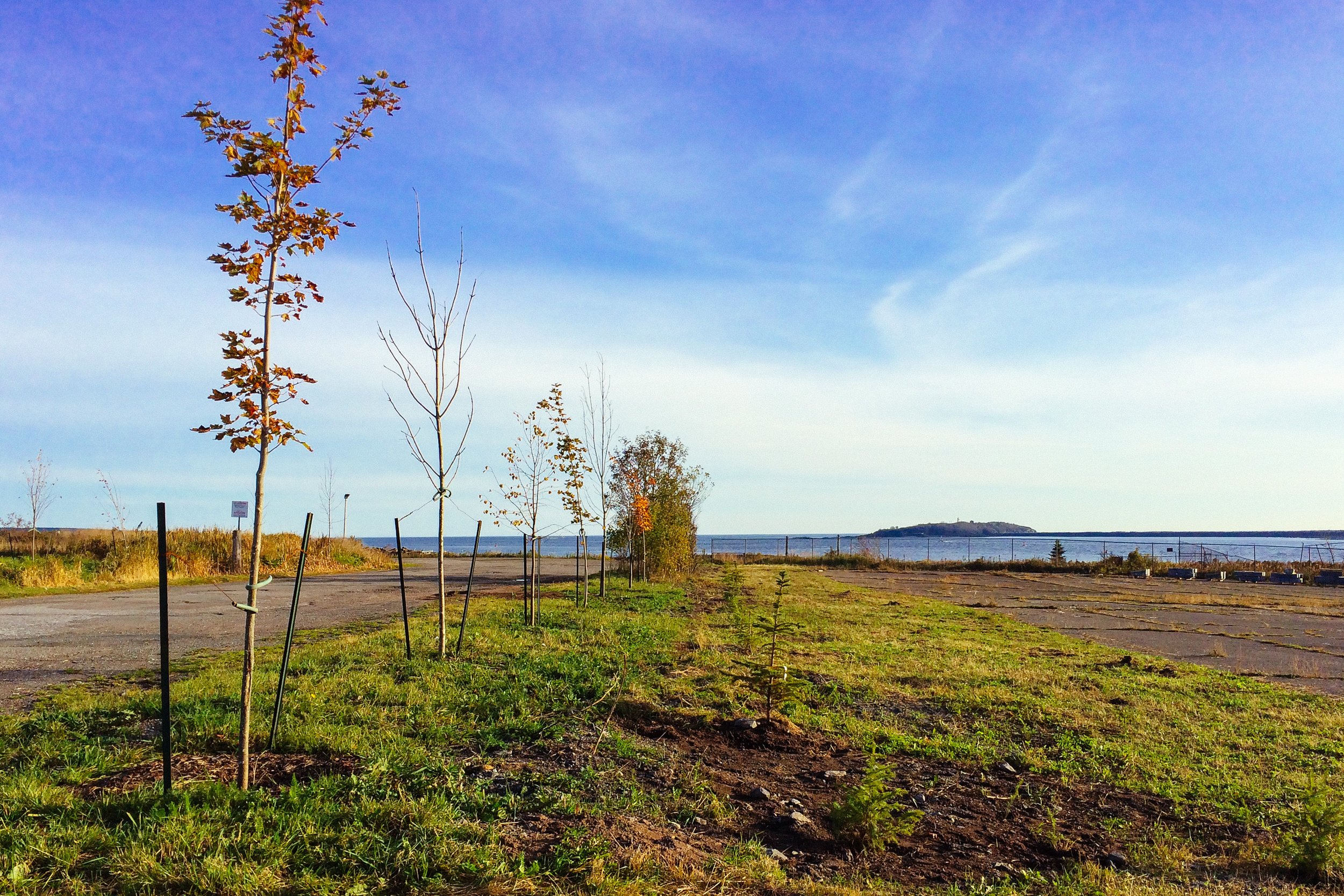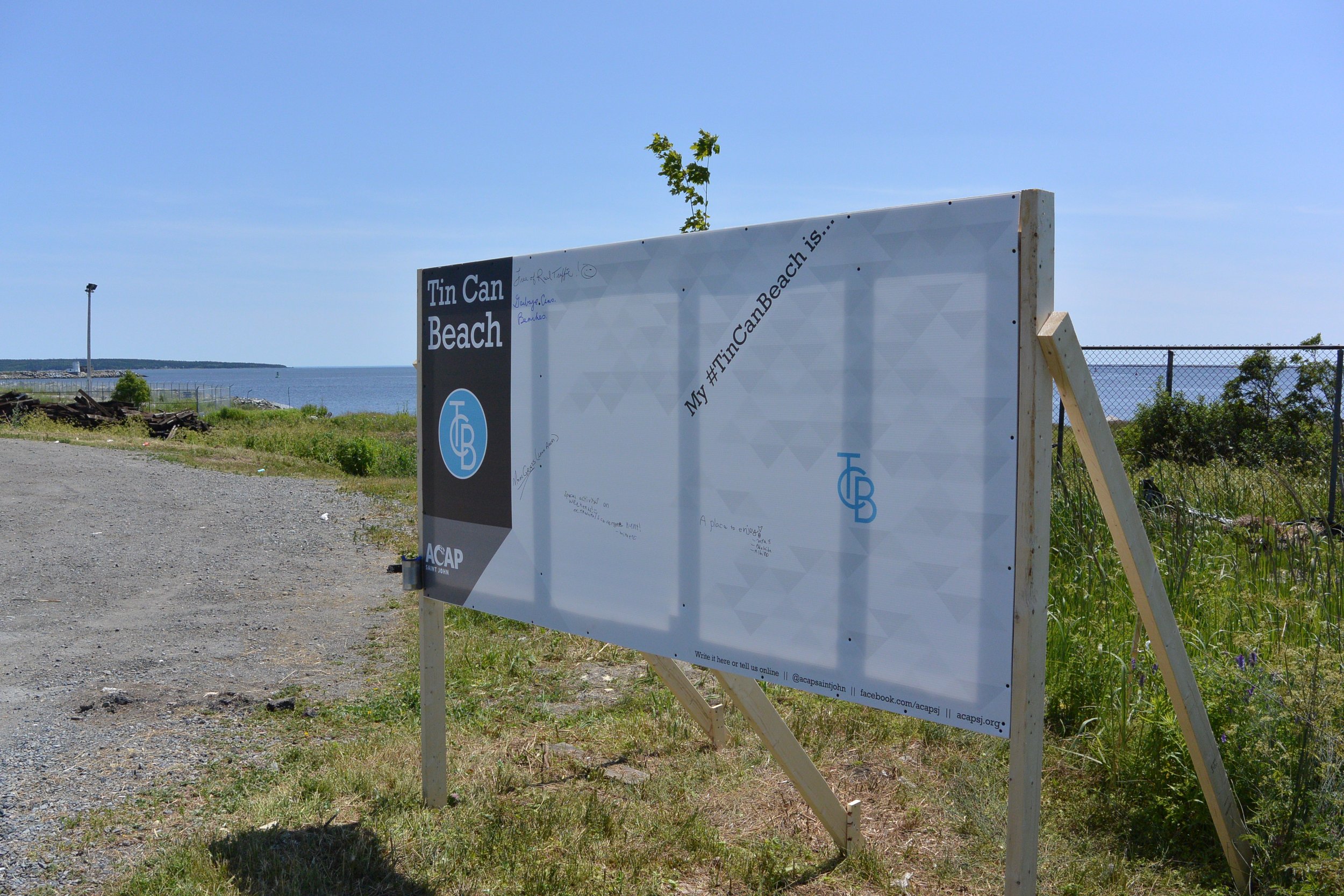#30yearsACAP Memories - Graeme Stewart-Robertson
Graeme Stewart-Robertson began his career at ACAP Saint John in 2004 as a summer student and by 2015 he was the Executive Director.
(left) Graeme tying knots in 2013, (right) Graeme rowing out to a sample site in 2019.
When Tim Vickers stepped down and handed over the role of ED to Graeme, he had pretty big shoes to fill! Since Harbour Cleanup was complete, Graeme turned his attention to improving access to Marsh Creek, as well as other initiatives, such as tree planting, community cleanups and public education.
ACAP Saint John wouldn’t be where it is today without the leadership provided by Graeme. Take a minute to read about some of his fondest memories during his ED role!
The Revitalization of Tin Can Beach
Graeme getting ready to tackle a serious electrofishing gig.
Choosing one single memory from my time at ACAP Saint John is like choosing your favourite tree amongst a whole forest - as you separate the individual from the whole, of course it may have a splendour all its own, but it is so much more meaningful for what it contributes to a landscape and a history far greater than itself.
For nearly 16 years, the memories of my life in Saint John are intertwined with ACAP in every way. I came to see the city as a series of watersheds, of community cleanup sites, of missing trail links, of potential ecological restorations, and of trees.
Graeme showing a summer student how to maneuver smoothly through the mud in Red Head Marsh.
Many projects came and went over those years, and for every moment spent on a stunning salmon stream, or fishing at sunset in the incredible Bay of Fundy, or walking home feeling fulfilled after a community consultation event, there are my memories of mud. Mud caked on boots, sewerage-filled mud on fishing nets, dried mud on canoes and trucks, gritty mud on our equipment, mud smeared on my face, mud on everything. Wiping that mud away became one of my most enduring memories, it meant a job was well done, it meant I could sleep well that night, and it meant that I was that much closer to going back in and getting started on the next project.
Staff tuning in to watch Graeme’s presentation at the UN’s Climate Change Conference (COP24, Poland, 2018)
Despite the vivid memories of mud, the huge projects that took Saint John through Harbour Cleanup, that restored wetlands and shorelines, or established new policies for the province, or took me to the United Nations to talk about our region’s future, it was the small community projects that always stood out as my favourites.
Long before my time with ACAP Saint John, the organization had built a reputation as community-minded, working from the bottom-up to achieve results. There is nothing as satisfying to me as creating opportunities for people to better understand the relationship they have with the natural world, and that’s exactly what can make those projects so successful.
In the summer of 2014, when we began the restoration of Tin Can Beach, that project’s momentum was driven by a series of class presentations I gave on the shore, where students had their opportunity to see, feel, and smell the neglect and the potential of that beautiful area, and ask the questions that truly matter. I will never forget the faces of those young leaders as they asked why the ecology and native habitat of the shoreline had been forgotten by the city, or why it's so hard for them to find greenspace in their own neighbourhoods, or why they see more fences being put up than trees being planted.
That’s all it takes sometimes, a few pressing questions from inquiring minds to change the status quo and turn neglect into new horizons. Tin Can Beach - like countless spaces big and small across the region - is better now than before ACAP came to be, because when questions were asked, we listened and found an answer. In that case we found the volunteers, we found the funding, we found a plan that inspired people to look at an area differently, and that change continues today. Whether it is one alone or a hundred together, the sound of voices is a part of nature we might often drown out, but cannot ignore. By establishing itself as a voice for the environment, in many ways ACAP Saint John simultaneously became a platform for the under-represented and unheard voices in the community, giving life to lost spaces and restoring hope along the way.
ACAP accepting a donation from RBC (2015)








